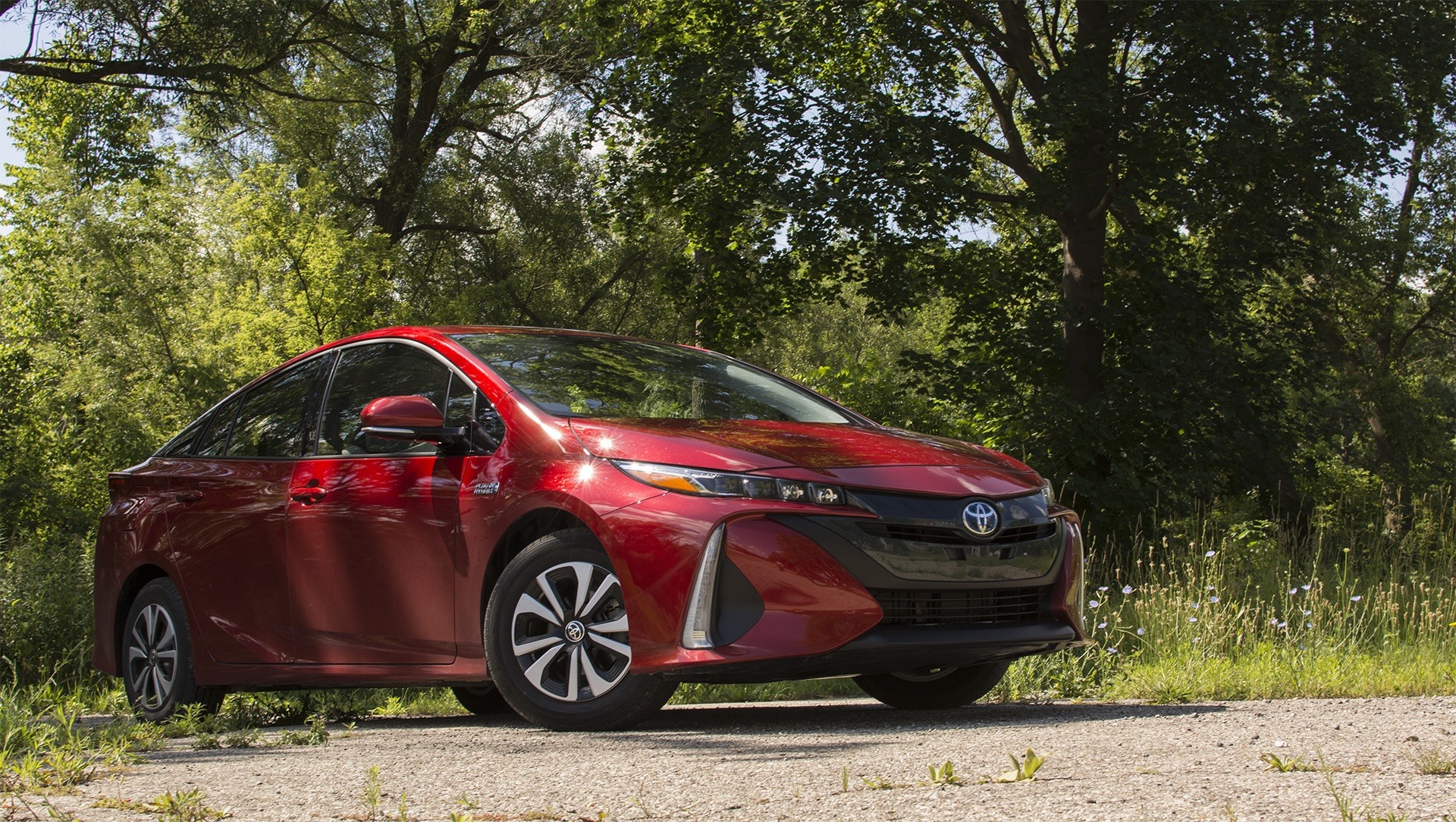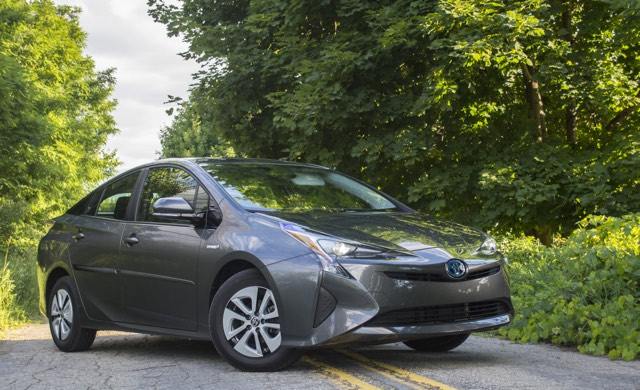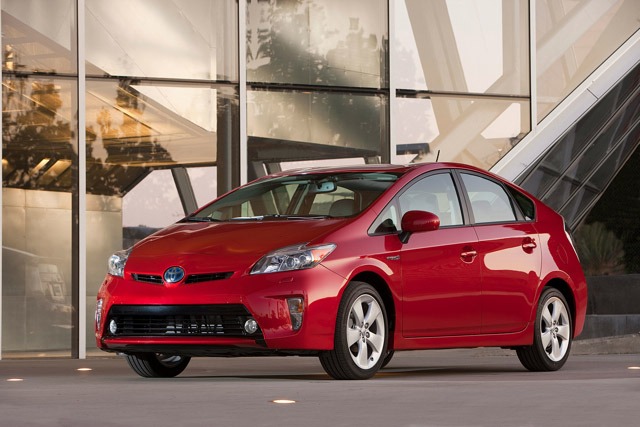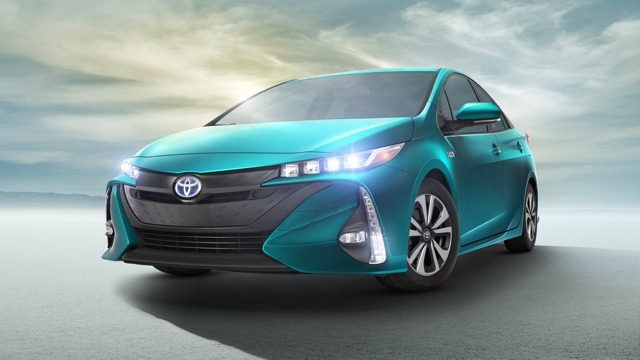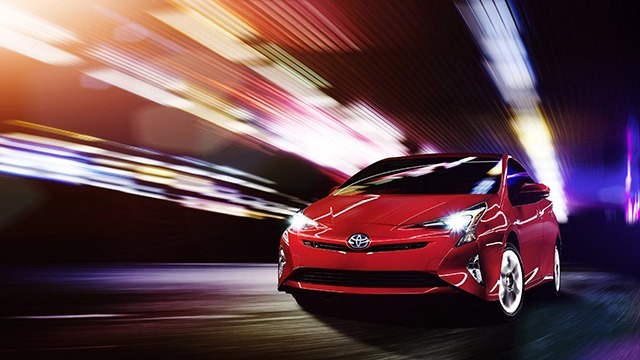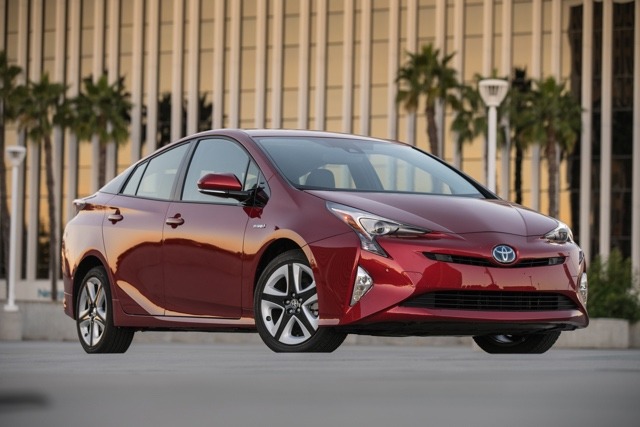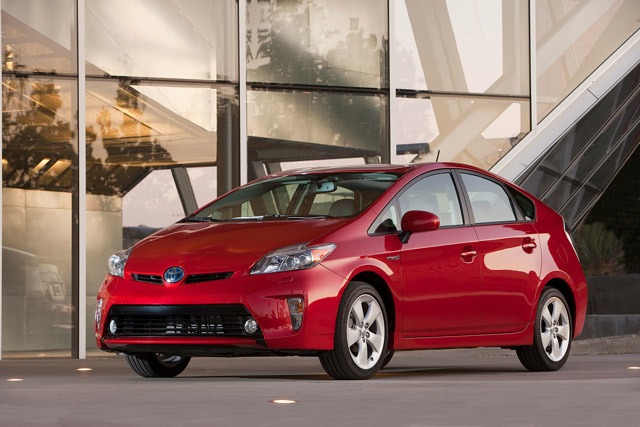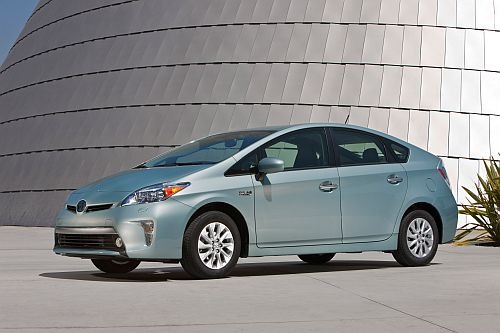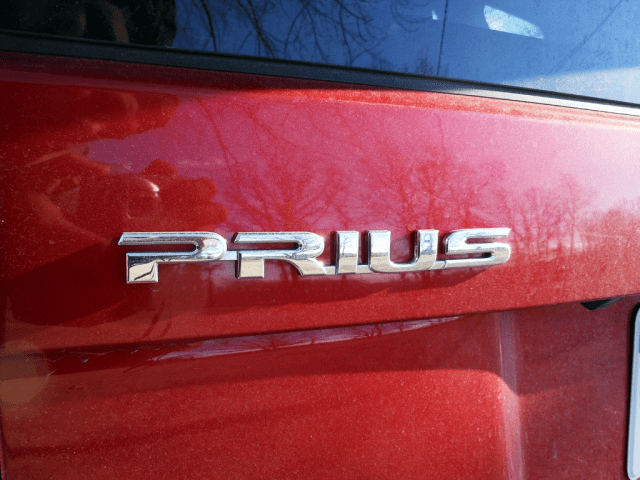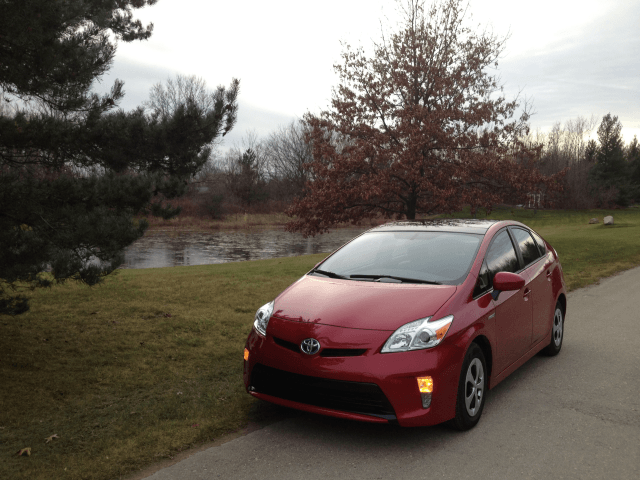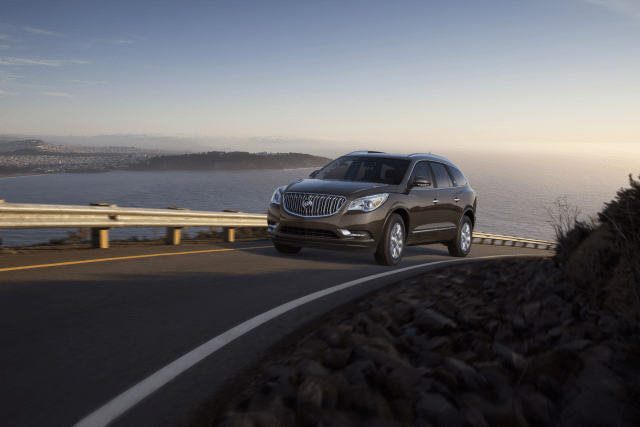Search the Community
Showing results for tags 'Prius'.
-
I’m one of the few people who actually like the current Toyota Prius - I named it one of my favorite vehicles last year. It offers excellent fuel economy and noticeable improvements to the interior and handling. So what happens when you add a plug to it? You end up with the Prius Prime which is much...
- 1 comment
-
- 2017
- plug-in hybrid
-
(and 5 more)
Tagged with:
-
I’m one of the few people who actually like the current Toyota Prius - I named it one of my favorite vehicles last year. It offers excellent fuel economy and noticeable improvements to the interior and handling. So what happens when you add a plug to it? You end up with the Prius Prime which is much...
- 1 reply
-
- 2017
- plug-in hybrid
-
(and 5 more)
Tagged with:
-
When Toyota introduced the Prius into the U.S. back in the early 2000s, it was a different time. Gas prices were quite low and everybody was gobbling up big SUVs like they were going out of style. A small vehicle that got high fuel economy numbers didn’t seem that appealing. But then gas prices rose...
-
When Toyota introduced the Prius into the U.S. back in the early 2000s, it was a different time. Gas prices were quite low and everybody was gobbling up big SUVs like they were going out of style. A small vehicle that got high fuel economy numbers didn’t seem that appealing. But then gas prices rose...
-
Toyota is recalling 482,000 Prius and Lexus CT 200h models for an issue with the side curtain airbags. According to Toyota, the hybrids use air bag inflators composed of two chambers welded together. Some vehicles may have a crack where the weld is. Over time, the crack can grow and cause the pieces...
-
Toyota is recalling 482,000 Prius and Lexus CT 200h models for an issue with the side curtain airbags. According to Toyota, the hybrids use air bag inflators composed of two chambers welded together. Some vehicles may have a crack where the weld is. Over time, the crack can grow and cause the pieces...
-
The Toyota Prius remains the poster child for the hybrid vehicle. But when it comes to the plug-in hybrid, there really isn't a vehicle that stands for it. Sure you could make the case for the Chevrolet Volt or the upcoming Hyundai Ioniq, but Toyota wants the Prius to be that vehicle. Today at New Y...
- 5 replies
-
- New York
- New York Auto Show
-
(and 4 more)
Tagged with:
-
The Toyota Prius remains the poster child for the hybrid vehicle. But when it comes to the plug-in hybrid, there really isn't a vehicle that stands for it. Sure you could make the case for the Chevrolet Volt or the upcoming Hyundai Ioniq, but Toyota wants the Prius to be that vehicle. Today at New Y...
- 5 comments
-
- New York
- New York Auto Show
-
(and 4 more)
Tagged with:
-
Last night in Las Vegas, Toyota introduced everyone to the forth-generation Prius. The new model promises to be more efficient and sportier than the previous model. The 2016 Prius shares a resemblance to the Mirai hydrogen car in terms of looks. From the overall profile to the shape of the rear...
- 39 replies
-
- 2016
- 2016 Toyota Prius
-
(and 5 more)
Tagged with:
-
- 39 comments
-
- 2016
- 2016 Toyota Prius
-
(and 5 more)
Tagged with:
-
Back in 2011, Toyota made a very bold prediction; the Prius would be the best-selling Toyota model in the U.S. by the end of this decade. This seemed legitimate as gas prices had been climbing a steady rate and the Prius was the most popular hybrid. But that meant beating the Toyota Camry which in 2...
- 3 comments
-
Back in 2011, Toyota made a very bold prediction; the Prius would be the best-selling Toyota model in the U.S. by the end of this decade. This seemed legitimate as gas prices had been climbing a steady rate and the Prius was the most popular hybrid. But that meant beating the Toyota Camry which in 2...
-
The fourth-generation Toyota Prius has made an early debut thanks to spy photographer who caught the vehicle uncovered at a photo shoot. There's a lot of the Mirai hydrogen vehicle in the new Prius' design. Such details include very busy front-end with split opening grille and forked headlights,...
-
- 3 comments
-
The Land of the Rising Sun Readies New Auto's. Autonews has been running a series on Japan Future Product and even built the following timeline. As the five year product pipeline based on Autonews compilation of rumors and facts they have come up with these nine that are to be their exc...
- 6 replies
-
- civic
- honda hr-v
-
(and 8 more)
Tagged with:
-

Toyota Announced Plug-In Prius Pricing; Starts Below $30,000
Drew Dowdell posted an article in Toyota
October 9th, 2013 Drew Dowdell Managing Editor - CheersandGears.com Toyota announced reduced pricing of the 2014 Prius Plug-In today with a drop of over $2,000 from last year's base price. Coming in at $29,990 before delivery charge, Toyota is not making any reductions in equipment or appointment... -
October 9th, 2013 Drew Dowdell Managing Editor - CheersandGears.com Toyota announced reduced pricing of the 2014 Prius Plug-In today with a drop of over $2,000 from last year's base price. Coming in at $29,990 before delivery charge, Toyota is not making any reductions in equipment or appointment...
-
- 6 comments
-
- 2012
- 2012 Toyota Prius
- (and 4 more)
-
By William Maley Staff Writer - CheersandGears.com January 9, 2013 Ask someone to say the first thing that comes to their mind when you mention the word hybrid, and more often than not they will say the Toyota Prius. Despite not being the first hybrid on sale in the U.S. (that honor falls to the...
- 6 replies
-
- 2012
- 2012 Toyota Prius
- (and 4 more)
-
William Maley Staff Writer - CheersandGears.com December 6, 2012 In for review this week at the Cheers & Gears Detroit garage is the vehicle that started the hybrid revolution. I'm of course referring to the Toyota Prius. Our test Prius is the Prius Four, which is the almost top of the line mode...
- 11 replies
-
- 11 comments
-

Cheers & Gears Weekend Edition - November 24, 2012
William Maley posted an article in Automotive Industry


